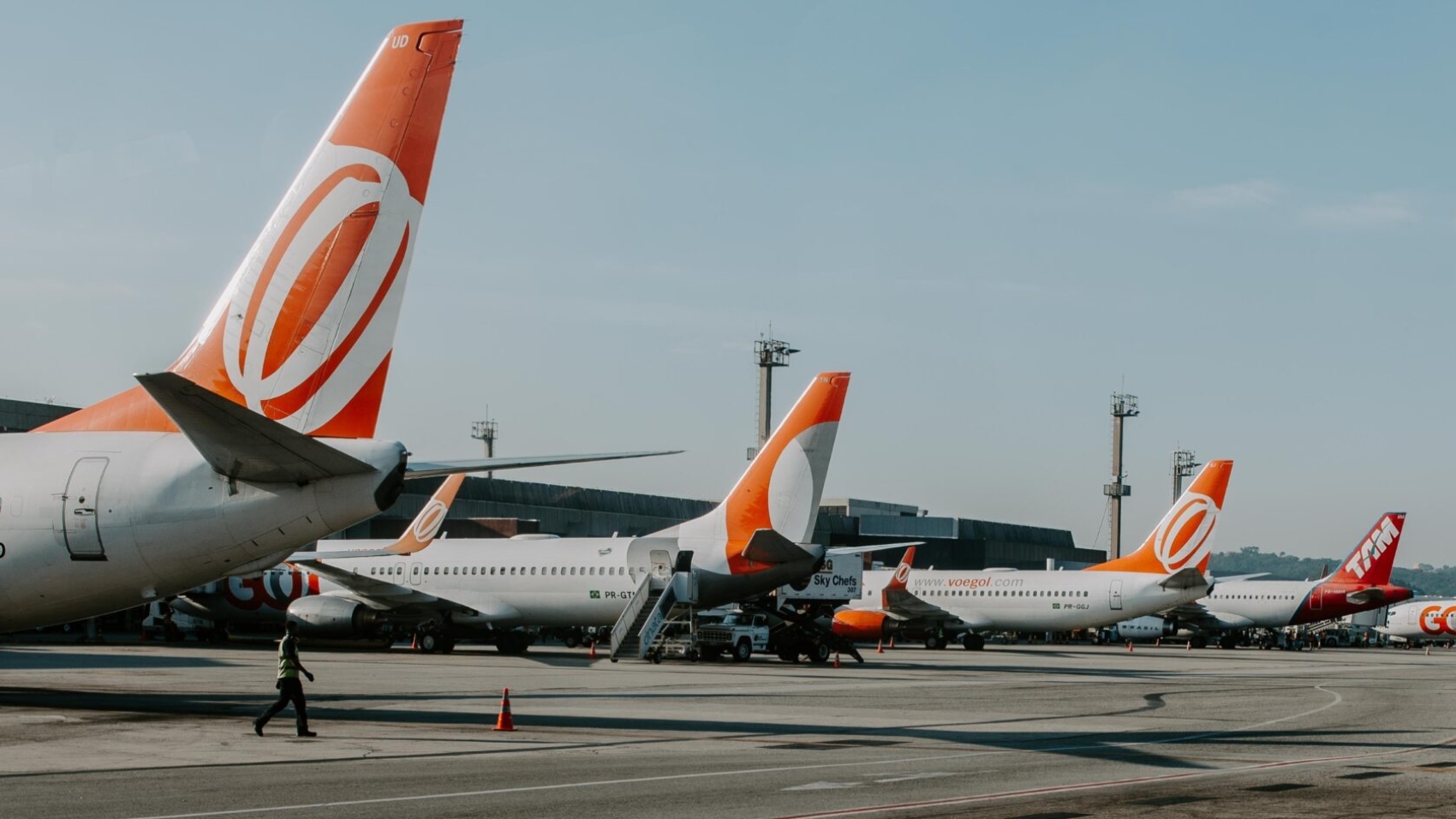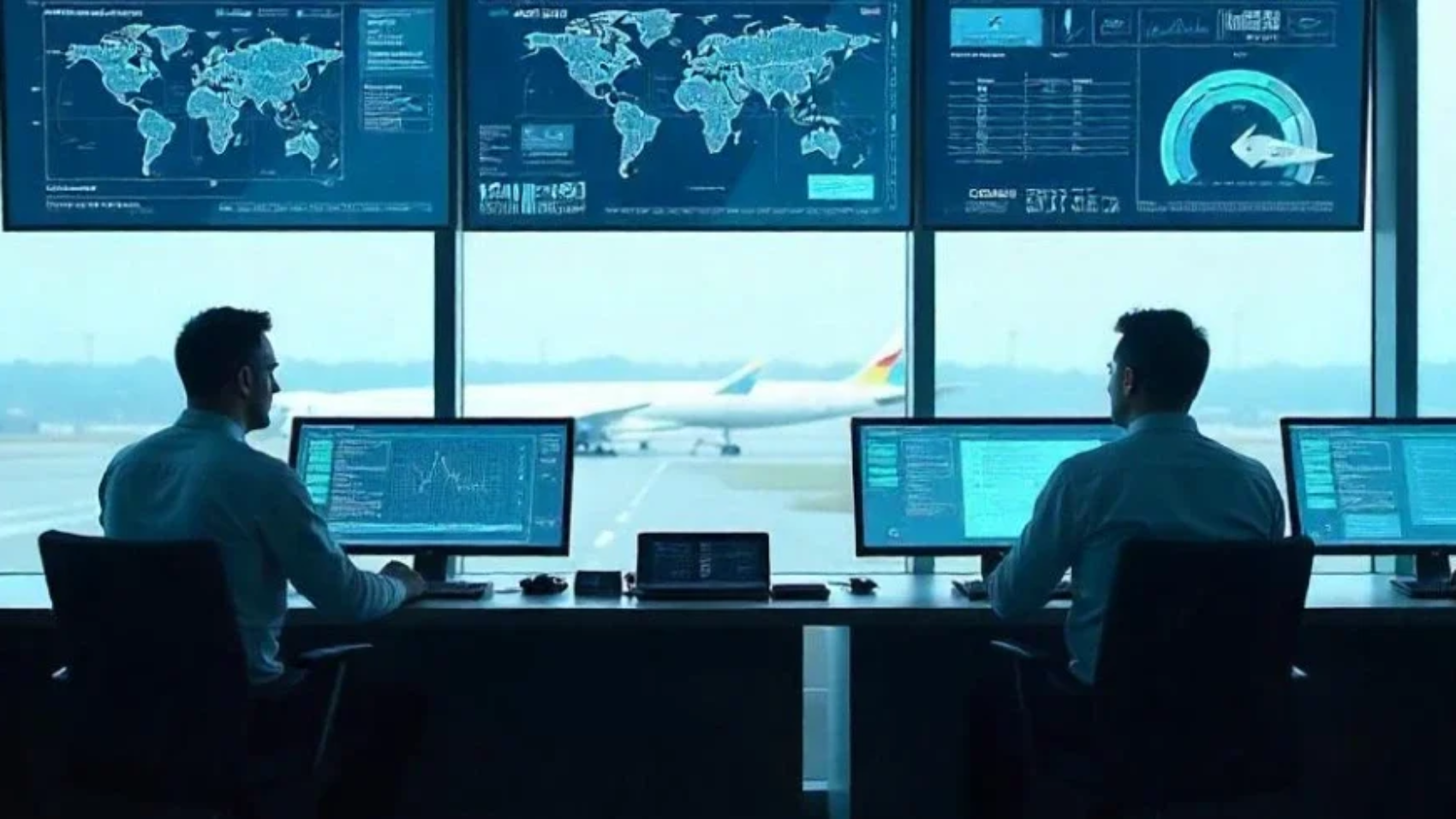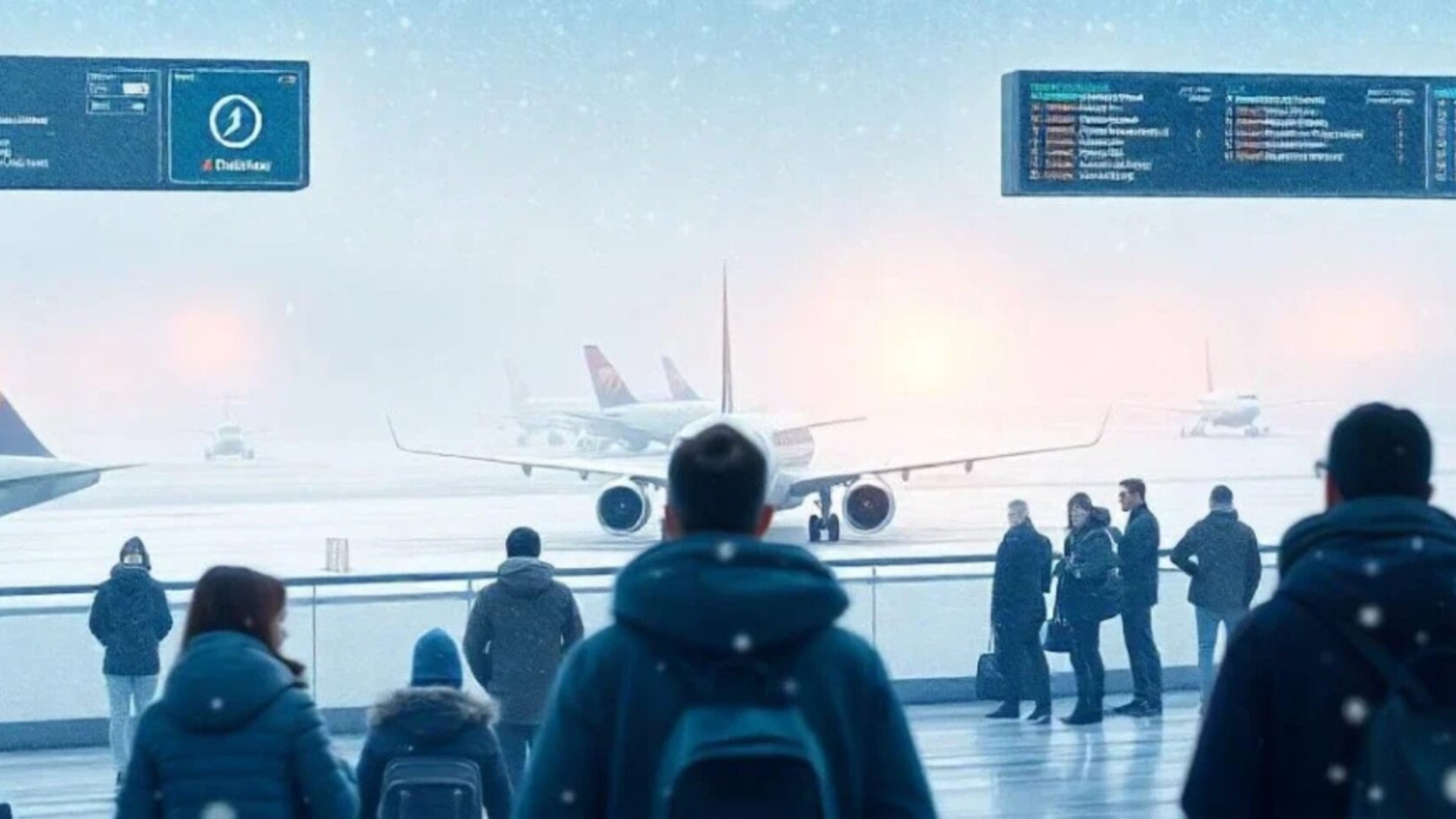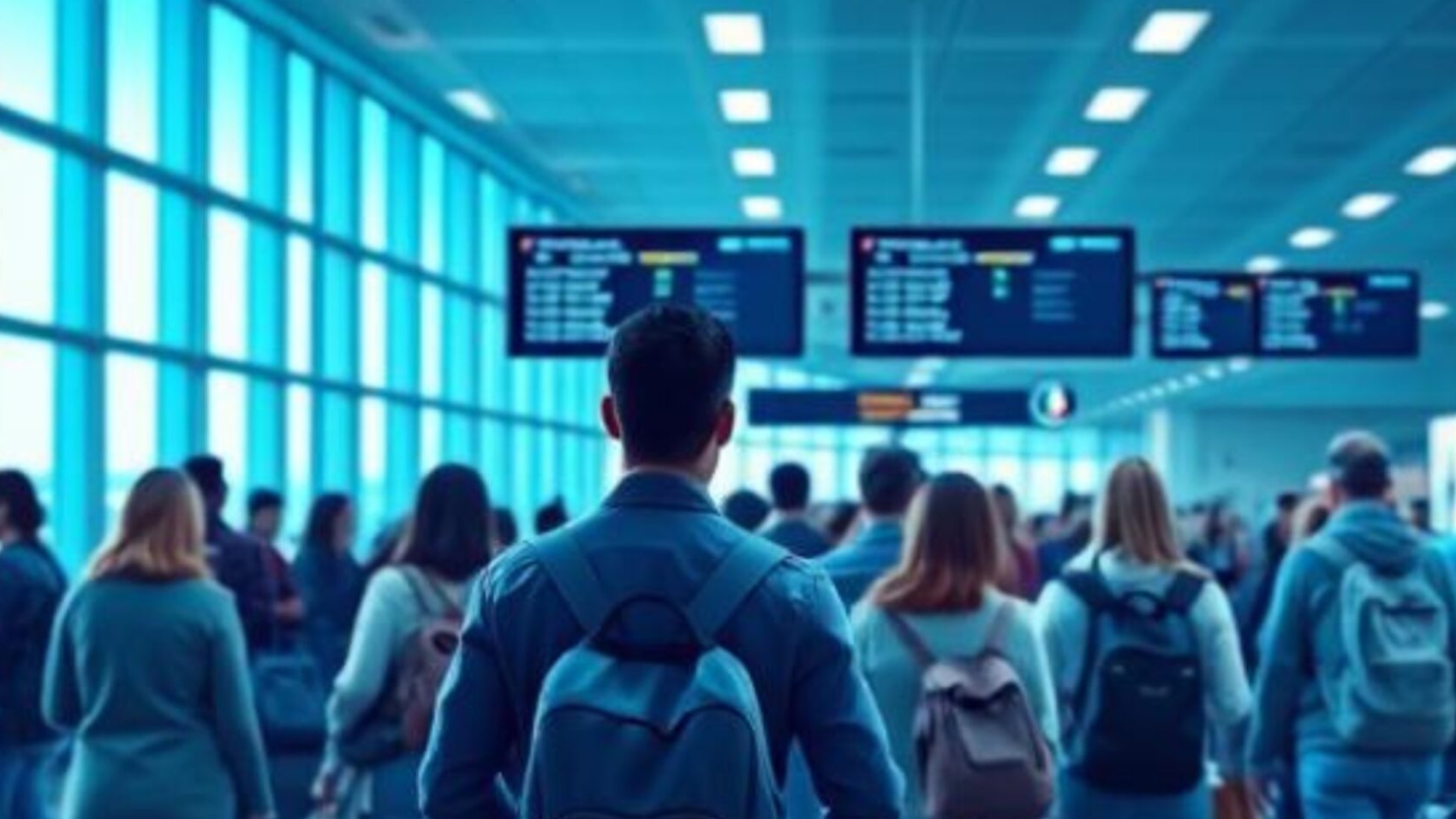In today’s competitive airline environment, flight disruptions are no longer viewed as inevitable occurrences. They’re high-risk moments that establish passenger experience and airline profitability. With increasingly intense weather events, operational complexity, and rising traveler expectations, airlines worldwide are challenging the way they plan for, manage, and recover from irregular operations (IROPs).
One trend is evident: airlines are now investing in airline disruption management solutions more than ever before. But why? Here’s a closer look at the driving forces behind this sector-wide shift.
Key Takeaways
- Disruptions are expensive: Flight cancellations and delays cost airlines billions of dollars each year in inefficiencies, compensation, and lost loyalty.
- Passenger experience is paramount: Travelers now expect transparency, real-time information, and personalized choices during disruptions.
- Automation sparks efficiency: An airline disruption management system minimizes manual effort, accelerates recovery, and enhances coordination.
- Compliance is crucial: Regulatory pressure is compelling airline management software as a necessary tool to track, document, and manage disruptions.
- Predictive technology is a game changer: Advanced flight disruption management technology allows for proactive action rather than reactive firefighting.
- Investing is no longer discretionary: Airlines that leverage sophisticated disruption management solutions are gaining competitive edge in resilience and passenger confidence.
What is Airline Disruption Management?
Airline disruption management defines the processes, steps, and technologies airlines utilize to manage irregular operations (IROPs) like delays, cancellations, diversions, and crew or aircraft shortages.
Disruptions Are Costing Airlines – A Lot
On IATA’s estimate, flight cancellations and delays incur the industry billions of dollars annually in crew reassignments, passenger compensation, missed connections, and operational inefficiencies. In addition, these disruptions lead to brand erosion and higher churn.
For each hour that an interruption remains uncontrolled, the cost escalates in rebooking attempts, refund procedures, and upset customers venting online. It’s because of this that top carriers are looking to flight interruption management software to minimize financial and reputation costs.
Customer Experience Is the New Battleground
When travelers expect real-time information, accommodation, and openness, small delays can cause huge discontent. A smooth response rapid notification, substitute solutions, and an open recovery process can convert a possible PR nightmare into a loyalty-generation moment.
Artificial intelligence-based airline disruption management software enables airlines to provide anticipatory communication, automated rebooking, and accelerated recovery all with a passenger-centric approach.
Operational Sophistication Requires Automation
As the size of the fleet increases and world route networks expand, the sheer volume of moving parts in airline operations renders manual disruption handling impossible. From aircraft availability to crew legality to gate reassignments, operations today require dynamic, real-time decision-making solutions that can reconcile all variables in seconds.
Automation in an airline disruption management system not only lessens manual workload it enables quicker recovery and limits downstream effects on passengers and operations as well.
Regulatory Pressure and Transparency
Governments and aviation organizations are imposing tighter passenger rights and compensation rules, holding airlines responsible for the manner in which disruptions are managed. Real-time communication, compliance, and documentation have become key components of disruption management as a result.
Investing in airline management software isn’t merely a technological enhancement it’s a compliance tactic that safeguards both travelers and the company.
The Role of Predictive Technology
Advanced airline disruption management tools such as VoyagerAid are assisting airlines in anticipating disruptions prior to their occurrence, providing teams with an opportunity to minimize the effect early on. Anticipating weather delays or resource bottlenecks is no matter; predictive disruption intelligence is making management proactive rather than reactive.
And that change is reaping its rewards in fewer delays, satisfied customers, and better control over operations.
Disruption Management Is No Longer Optional
As the airline industry constructs more resiliency and adaptability, airlines that are investing in intelligent airline disruption management software are positioning themselves ahead of the pack. They’re not merely guarding the bottom line they’re enhancing every passenger touchpoint.
If your airline wants to make wiser, quicker decisions during disruptions, it’s time to invest in a flight disruption management system for the future.
Ready to rethink disruption? Let’s talk about how VoyagerAid can support your airline’s transformation.









